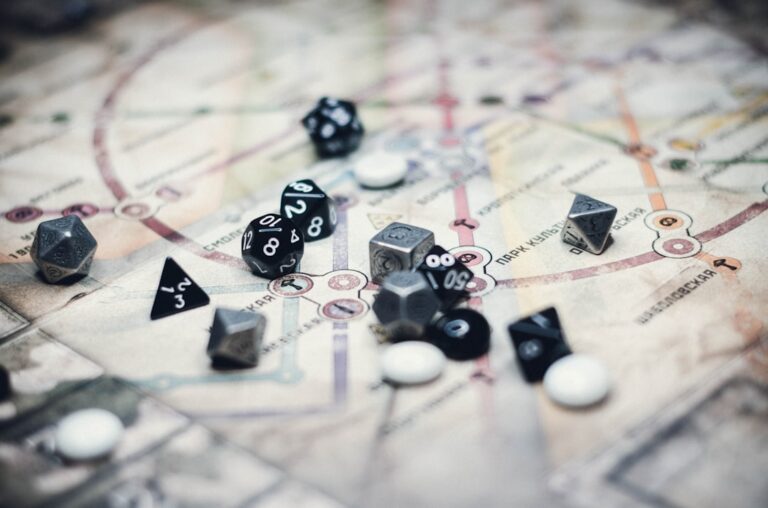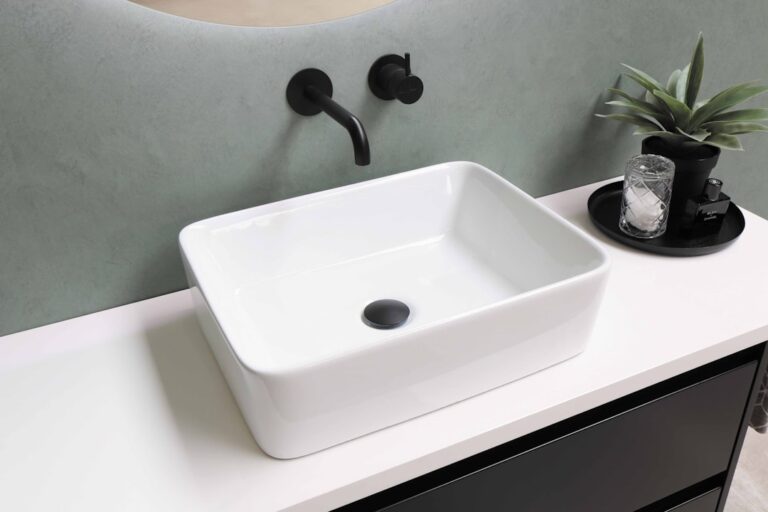The sink drain is an essential component of any kitchen or bathroom, responsible for carrying away wastewater and preventing clogs. Understanding the various parts of a sink drain is crucial for homeowners, as it can help them identify and address common problems that may arise. The main components of a sink drain include the drain pipe, P-trap, tailpiece, and strainer. Each part plays a vital role in ensuring the proper function of the sink drain system. The drain pipe is the horizontal pipe that connects the sink to the P-trap, which is a curved pipe designed to hold water and prevent sewer gases from entering the home. The tailpiece is the vertical pipe that connects the sink to the P-trap, while the strainer is the visible component that sits inside the sink and catches debris to prevent clogs. Understanding these parts and their functions is essential for homeowners looking to maintain their sink drain and address any issues that may arise.
Key Takeaways
- Sink drain parts include the strainer, stopper, tailpiece, P-trap, and drain pipe.
- Common sink drain problems include clogs, leaks, and foul odors.
- Identifying sink drain parts can help in understanding how they work and how to repair them.
- Tools needed for DIY sink drain repairs include a plunger, pipe wrench, plumber’s snake, and pipe cutter.
- Step-by-step guide to repairing sink drain parts includes removing the clog, replacing the P-trap, and sealing leaks.
Common Sink Drain Problems
Sink drains are prone to a variety of common problems that can disrupt their function and cause inconvenience for homeowners. One of the most frequent issues is clogging, which can occur due to a buildup of food particles, grease, hair, or soap scum. Clogs can lead to slow drainage or standing water in the sink, making it difficult to use. Another common problem is leaks, which can occur at various points in the sink drain system, including the P-trap, tailpiece, or connections between pipes. Leaks can lead to water damage and mold growth if left unaddressed. Additionally, sink drains may experience foul odors caused by bacteria and debris buildup in the P-trap. These odors can be unpleasant and indicate a need for cleaning and maintenance. Understanding these common problems can help homeowners identify and address issues with their sink drains in a timely manner.
Identifying Sink Drain Parts
Identifying the various parts of a sink drain is essential for homeowners looking to understand how their system works and address any issues that may arise. The drain pipe is typically located beneath the sink and connects to the P-trap, which is a curved pipe that holds water to prevent sewer gases from entering the home. The tailpiece is the vertical pipe that connects the sink to the P-trap, while the strainer is the visible component that sits inside the sink and catches debris. Additionally, there may be other components such as a pop-up stopper or overflow pipe, depending on the type of sink. Understanding these parts and their functions can help homeowners troubleshoot issues and communicate effectively with plumbers or hardware store employees when seeking repairs or replacement parts.
Tools Needed for DIY Sink Drain Repairs
| Tool | Function |
|---|---|
| Adjustable wrench | Tightening and loosening nuts and bolts |
| Plumbers’ putty | Sealing joints and preventing leaks |
| Plunger | Clearing clogs in the drain |
| Plumbing snake | Removing stubborn clogs |
| Pipe wrench | Gripping and turning pipes and fittings |
For homeowners looking to tackle sink drain repairs on their own, having the right tools on hand is essential for a successful outcome. Some of the basic tools needed for DIY sink drain repairs include a pipe wrench, adjustable pliers, plumber’s putty, a hacksaw, a screwdriver, and a bucket for catching water. A pipe wrench is essential for loosening and tightening threaded connections, while adjustable pliers can be used for various tasks such as removing nuts and bolts. Plumber’s putty is used to create a watertight seal around sink strainers and other fixtures, while a hacksaw may be necessary for cutting pipes to the correct length. A screwdriver is useful for removing screws and fasteners, while a bucket can catch water and debris during disassembly. Having these tools on hand can make DIY sink drain repairs more manageable and help homeowners save money on professional plumbing services.
Step-by-Step Guide to Repairing Sink Drain Parts
Repairing sink drain parts can be a straightforward process with the right tools and knowledge. Here is a step-by-step guide to addressing common sink drain problems:
1. Clearing Clogs: Start by removing the strainer from the sink and using a tool such as a plumber’s snake or plunger to clear any clogs in the drain pipe. If necessary, disassemble the P-trap and remove any debris before reassembling.
2. Fixing Leaks: Inspect all connections in the sink drain system for signs of leaks, such as water stains or dripping. Use a pipe wrench or adjustable pliers to tighten any loose connections, or replace damaged pipes or fittings as needed.
3. Addressing Odors: If foul odors are present, remove the P-trap and clean it thoroughly with a brush and mild detergent to remove bacteria and debris buildup.
4. Replacing Parts: If any components such as the strainer or P-trap are damaged beyond repair, purchase replacement parts from a hardware store and follow manufacturer instructions for installation.
By following these steps and using the appropriate tools, homeowners can address common sink drain problems and restore proper function to their sinks.
Tips for Preventing Future Sink Drain Issues

Preventing future sink drain issues is essential for maintaining a functional and hygienic kitchen or bathroom. Some tips for preventing problems include:
1. Avoiding pouring grease or oil down the drain, as it can solidify and cause clogs.
2. Using a drain strainer to catch food particles and debris before they enter the drain.
3. Regularly cleaning the P-trap and drain pipe with a mild detergent to prevent odors and buildup.
4. Being mindful of what goes down the drain, such as hair, soap scum, and foreign objects that can cause clogs.
5. Checking for leaks and addressing them promptly to prevent water damage.
By following these tips, homeowners can reduce the likelihood of experiencing common sink drain problems and prolong the lifespan of their plumbing system.
When to Call a Professional Plumber
While many sink drain issues can be addressed through DIY repairs, there are certain situations where it is best to call a professional plumber for assistance. Some instances where professional help may be necessary include:
1. Persistent clogs that cannot be cleared with household tools.
2. Extensive leaks or water damage that require specialized repair techniques.
3. Complex installations or replacements of sink drain components.
4. Inadequate knowledge or experience with plumbing systems.
In these cases, hiring a professional plumber can ensure that sink drain issues are addressed effectively and prevent further damage or complications. Additionally, professional plumbers have the expertise and tools necessary to handle more challenging repairs and installations, providing homeowners with peace of mind and reliable solutions for their sink drain problems.
If you’re looking for more information on sink drain parts, you might want to check out this article on crackmate.com. They have a comprehensive guide on different types of sink drain parts and how to troubleshoot common issues. It’s a great resource for anyone looking to understand the inner workings of their sink and how to keep it in good working condition.
FAQs
What are the main parts of a sink drain?
The main parts of a sink drain include the drain pipe, P-trap, tailpiece, and the strainer.
What is the purpose of the P-trap in a sink drain?
The P-trap is designed to prevent sewer gases from entering the home and also to catch debris that could cause clogs.
What is the function of the tailpiece in a sink drain?
The tailpiece connects the sink drain to the P-trap and directs water flow from the sink into the drain pipe.
What is the strainer in a sink drain used for?
The strainer is a removable piece that sits in the drain opening and catches food particles and other debris to prevent clogs in the drain pipe.
How often should sink drain parts be cleaned and maintained?
It is recommended to clean and maintain sink drain parts regularly, at least every few months, to prevent clogs and ensure proper functioning of the drain system.













+ There are no comments
Add yours